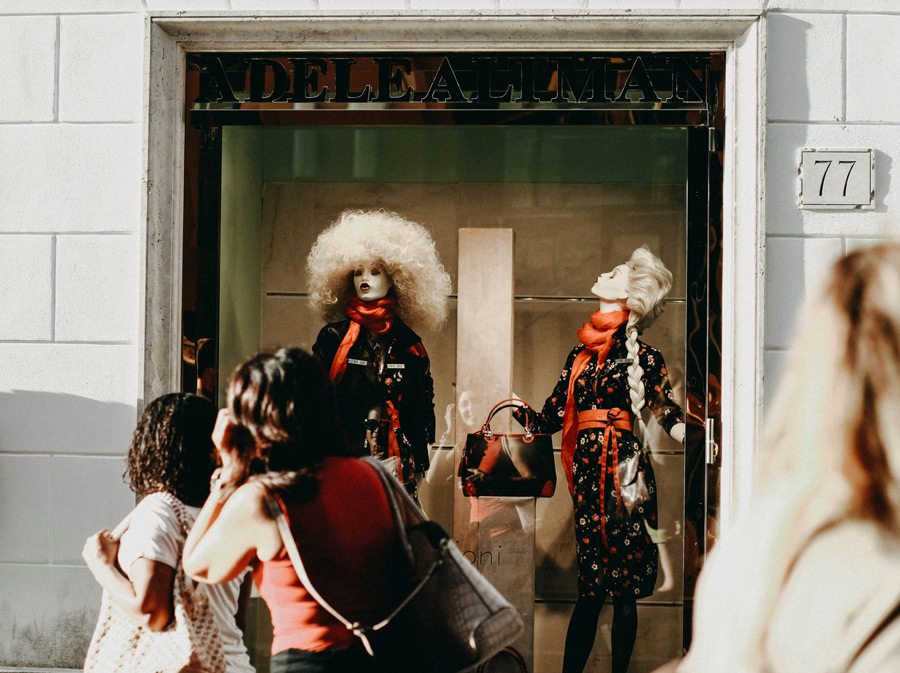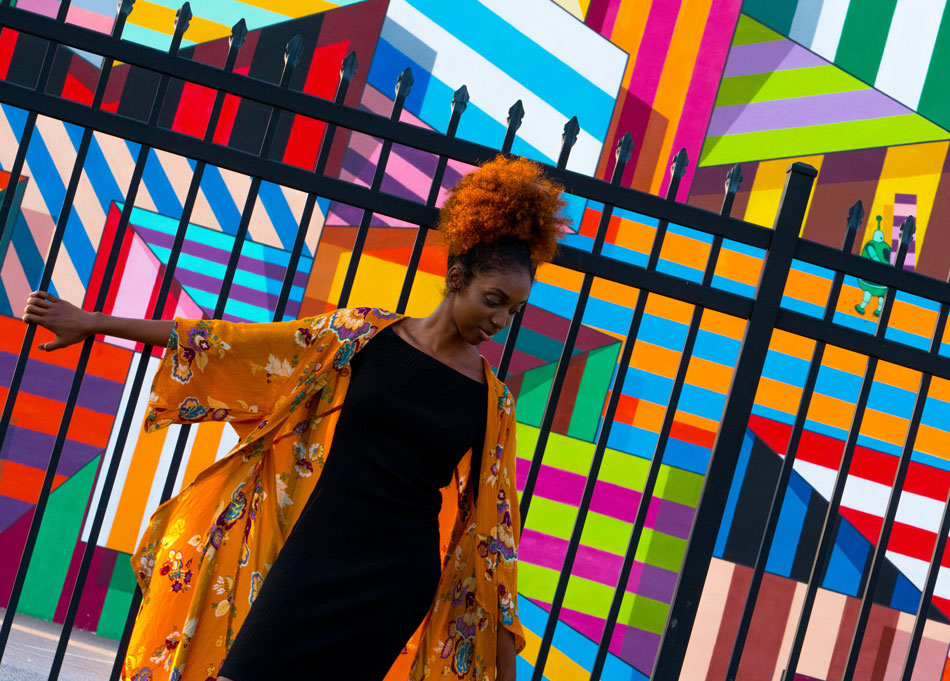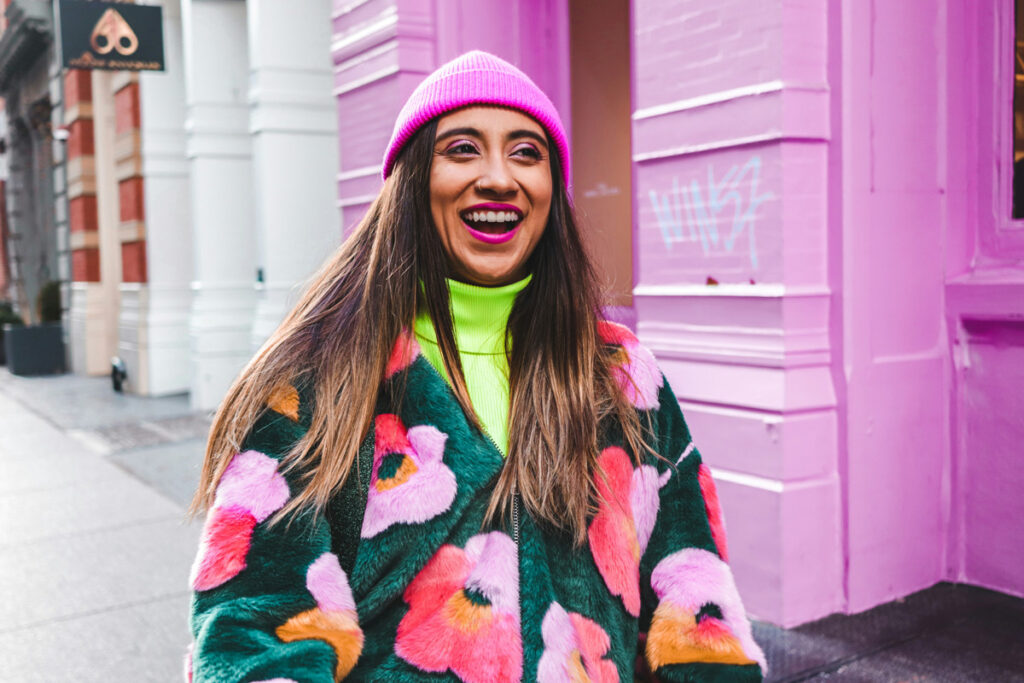Representation matters. Every consumer wants to see someone who is like them in the media they consume, the movies they watch, and from the brands and stores where they shop. Representation helps consumers feel more connected to the brand.
But how do brands approach cultural integration in a way that feels inclusive and authentic and not as if they are pandering or appropriating the culture? It can be a fine line to walk, but demonstrating a deeper understanding of consumers and their communities in an authentic way can be an important way to foster loyalty and trust.
Considering that the top 10 companies ranked for their diversity, equity and inclusion (DE&I) initiatives are also some of the most profitable and successful companies speaks volumes to the continued importance of representation.
The Intersection of Culture and Retail
Authentically integrating diverse cultural influences without alienating the very people they are trying to include takes more than creating inclusive ads and displays. It also requires more cultural sensitivity than simply hiring someone to represent your brand who comes from a minority background.
The culture shift required from brand leadership is a significant commitment, recognizing the importance of DE&I in the way the company hires and cultivates future leaders. It takes in-depth cultural knowledge (or the willingness to gain it) to authentically deliver a meaningful and inclusive experience.

When Cultural Integration Goes Wrong
Consumers recognize rather quickly when a brand is trying to pander for their dollars rather than truly celebrate their culture. Cultural appropriation has resulted in sharp criticism of brands like Urban Outfitters, Gucci, and Dolce & Gabbana for their insensitive or stereotypical use of culture.
Remember that Pepsi ad with model Kendall Jenner during the Black Lives Matter Movement? Pepsi faced backlash for the ad, in which she is shown in the middle of a photoshoot when she sees protesters marching down the street. Joining them, she greets a police officer to whom she offers a Pepsi as everyone collectively cheers.
The ad sparked accusations that Pepsi had appropriated the protests, trivializing urgent issues in the name of selling soda. Pepsi immediately pulled the ad and apologized, stating that the company had “missed the mark.
How to Ensure Cultural Authenticity Goes Right
Consumers can easily tell the difference between pandering and true cultural representation. Look for smart brands to continue to refine how they fuse design and narratives when honoring heritage.
The opening of Aesop Hong Kong is a great example of how a brand can pay homage to local cultural heritage without inappropriately pandering to customers. The store included design features, like a mosaic floor using reclaimed veneer, that pays tribute to the region’s manufacturing history. The store also channeled inspiration from Hong Kong’s cultural history using 1970s and 1980s pattern boards.
There are many ways brands and retailers can authentically integrate diverse cultural influences into their operations, branding, and store designs—connecting with consumers who are eager to feel seen.
Diverse Hiring
Hiring people with diverse backgrounds, ethnicities, and gender identities not only ensures that more people in the community will see someone like them in a brand’s stores, but will also create a team who can help shape the future of retail culture.
Healthcare brand Kaiser Permanente prioritizes hiring a staff that is representative of the people the company serves. Nearly 72% of its employees are women, 70% are people of color, and half of the executive team is female.
Consumer Preferences
Data can help retailers understand the demographics of the surrounding community. This knowledge provides an opportunity to treat each location individually, and customize product offerings that appeal to the community’s diverse consumer base.
By celebrating the cultural diversity of the community, brands not only create a welcoming and inclusive atmosphere, but also demonstrate a commitment to cultural understanding. This can help strengthen relationships with customers from different backgrounds and foster a sense of belonging within the community.
Sensitivity Screenings
It’s no secret that distasteful designs sometimes make it into stores and online. Someone at Topman somehow thought a shirt comparing women to dogs was a good idea, after all. There’s no excuse for brands not to do their homework.
Retailers can and should employ market research to test and screen products, displays, advertisements, recipes, and other attempts to appeal to minority consumers.

At a Glance: Cultural Integration in Retail
Navigating cultural integration poses challenges because it requires sensitivity to avoid the pitfalls of appropriation. Dior was chided for producing a $3,800 skirt inspired by a centuries-old traditional Chinese garment. Protestors claimed the product was an example of cultural theft. Yet other brands have found success by appropriately infusing culture into their offerings.
The Hundreds is a streetwear brand that draws inspiration from Asian-American and hip-hop culture. Their team is as diverse as their designs. The Hundreds is committed to digital accessibility, partnering with Level Access to provide free assistive technology for people with physical disabilities.
Zidouri is a UK-based streetwear brand infused with Arabic culture and inspired by the streets of London. They combine their passion for fashion with creative culture and cultural diversity. The brand celebrates the rich cultural heritage of the Arab world.
Chinti and Parker is a London-based knitwear brand that incorporates traditional Scottish patterns and motifs into their modern clothing lines. They use natural, sustainable materials and ethical practices.
LaCroix, a popular sparkling water brand, uses influencer marketing to help connect with a diverse audience and leverages social media to stay connected. Their ability to connect authentically comes from the diversity in their representation, which spans age, gender, ethnicity, and gender.
Fenty Beauty, Rihanna’s makeup line, was specifically designed to cater to more diverse skin tones, something that was lacking in the makeup industry.
Dove has been a longstanding champion of diversity, focusing on body positivity through their Real Beauty campaign. They feature models representing all ethnicities and body types while focusing on building self-esteem.
Google Pixel phones offer camera features specifically designed to capture darker skin tones accurately, something lacking in phone technology.
Disney+ offers a growing library of content filled with representation of diverse cultures and stories that extend beyond traditional Western narratives.

A Fabric of Cultures
By 2060, the distribution of non-Hispanic whites as a percentage of the total population is expected to fall from 60.1% to 44.3% of Americans. A staggering 70% of Gen Z and Millennials express a penchant for brands committed to diversity and inclusion – and the upcoming Gen Alpha has even higher expectations.
As consumers look for authenticity from retailers, providing more than just symbolic representation will be a meaningful way to connect with consumers on a deeper level.





